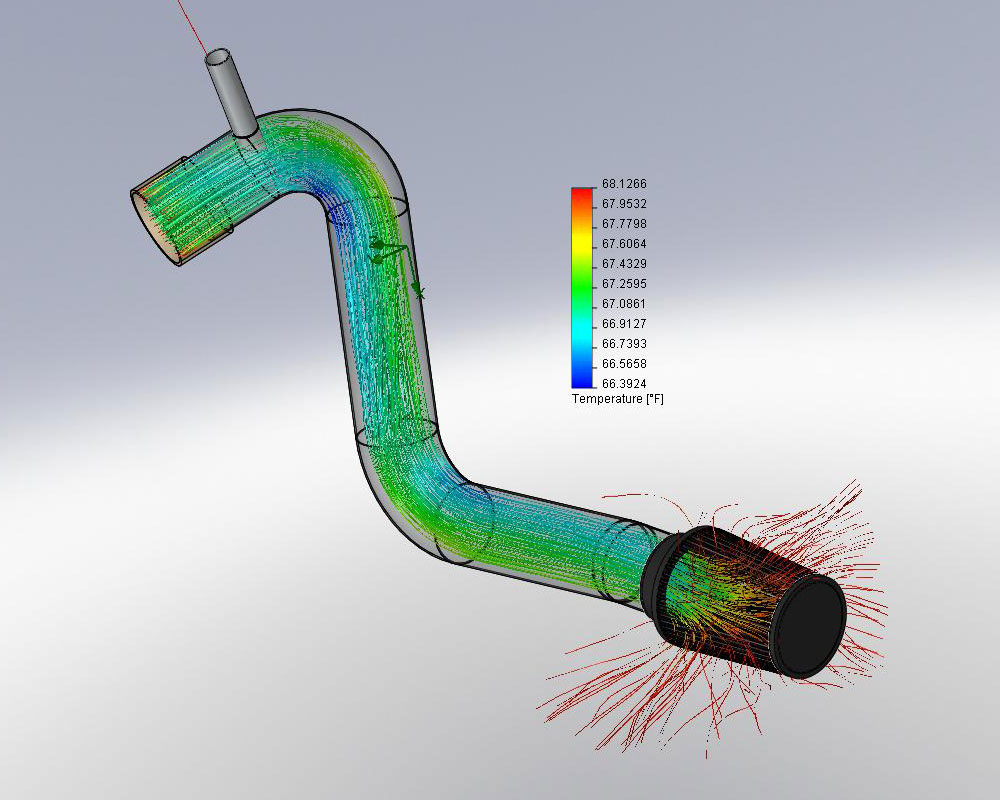
- PSI DROP COLD WEATHER CALCULATOR DRIVERS
- PSI DROP COLD WEATHER CALCULATOR MANUAL
- PSI DROP COLD WEATHER CALCULATOR FREE
PSI DROP COLD WEATHER CALCULATOR FREE
Come in and check out our Golden area showroom, or feel free to call us (303) 578-6120 with your questions. We're devoted to integrity, from honest pricing to long term service. From service to sales, you'll find our staff eager to assist you. We take a straightforward approach to everything we do. Your Denver Area Subaru Service & Parts CenterĪutoNation Subaru West has built its fine reputation around one principle: Hassle-Free customer service. Come visit us today for a tire pressure refill! Don't avoid taking care of this crucial element of your vehicle. Many experts are now recommending nitrogen because the molecules are larger than normal air, making leakage slower and less likely. Our factory-trained technicians will provide the optimum pressure for this weather, and we offer both nitrogen and oxygen. Once you have a good idea of the state of your tires' pressure and compared it with the PSI rating in your user manual, come visit us at AutoNation Subaru West for a refill. This means the best time to check for good pressure is early in the morning before you've driven anywhere, while the tires are still cold. Make sure the tires are cold when they are being checked, as they tend to heat up during driving and can read inaccurately.
PSI DROP COLD WEATHER CALCULATOR MANUAL
To determine the status of your tires' inflation pressure, search your owner's manual for the recommended cold tire inflation PSI of your specific model.

Vehicles that are parked outside are more prone to leakage than those stored inside a garage. During the winter months, it's important to check your tires at least once a month to avoid having to replace a tire or set of tires at an inconvenient time. The leakage rate increases in cold weather, so this conditioning will have made the pressure drop significantly. If you last had your tires filled in the summer months, the automobile expert will have optimized them, at the time, for maximum efficiency in hot weather. Under-inflated tires are more likely than properly filled ones to blow out, wear out too quickly, and to significantly reduce the fuel efficiency of your Subaru.Ī few natural factors indicate a need to regularly check for low tire pressure.

Older vehicles don't have a warning mechanism that constantly monitors each tire for signs of leakage, but there are still ways to identify the status of your tires' air pressure. Icy temperatures directly affect how quickly the air leaks out of your tires, which may be why your tire pressure warning light is flashing. One of the enemies of good tire pressure is cold weather. A gentle break-in improves the durability of studding: the studs will fit securely into place and stay on the tires.Keeping your tires at a healthy level of pressure is one of the keys to safety, traction, and overall performance from your Subaru. For the first 300 miles (about 480 km), avoid sudden acceleration and braking. Tires marked M+S (intended for winter use) should be carefully broken in. As a result, the tires will wear evenly and show smaller differences in wear.

To prolong the lifetime of the tires, front and rear tires can be changed from one axle to another every 3,000-5,000 miles (about 4,800 - 8,000 km). The arrow on the sidewall indicates the rolling direction.
PSI DROP COLD WEATHER CALCULATOR DRIVERS
In addition to correct tire pressure, drivers should also ensure that uni-directional tires are correctly installed on the car. If the pressure is adjusted in the garage, the pressure added to the tires must be 3 PSI higher than the recommended value to ensure a correct pressure level outside. If the tire pressure is measured inside, it will be too low for outside temperatures.Įxample: The temperature in the garage is 68 ˚F (20 ✬), while the outside temperature is 15˚ F (-9 ✬). The temperature in a warm garage can be up to 60˚F (15 ✬) higher than outside. For winter tires, you should inflate the tires to 3 PSI above the summer tire recommendation, since tire pressure decreases as much as 1 PSI with each 10-degree drop in temperature. For summer tires, we recommend using the vehicle manufacturer’s suggested tire pressure. Temperature has a significant impact on tire pressurization.


 0 kommentar(er)
0 kommentar(er)
